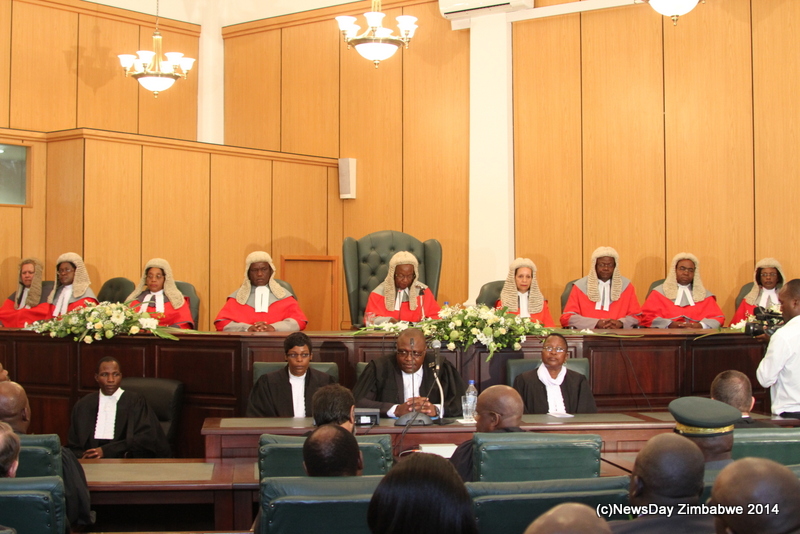
The Supreme Court judgment that employers could terminate a contract of employment by giving three months’ notice and without benefits has opened floodgates for companies to retrench at a much lesser cost.
Thousands of unfortunate workers, some who had worked for their employers for more than 20 years, lost their livelihoods in a flash and there was no chance to prepare for the future.
Companies, including those linked to the State, such as Sino-Zimbabwe, took full advantage of the window created by the court ruling to shed off a considerable number of employees. Sino-Zimbabwe reportedly dismissed up to 400 workers who had reported for work as usual on Wednesday.
The workers were barred from entering the company premises by security guards and the pattern has been uniform among companies that have latched on to the Supreme Court ruling.
Public Service, Labour and Social Welfare minister Prisca Mupfumira has spoken strongly against the ruling and the subsequent mass lay-off of workers by companies.
Mupfumira’s discomfort and promise that the government is working on an intervention partly explains the rush by companies to fire employees as they want to enjoy the honeymoon as long as it lasts.
The ruling has been roundly condemned as anti-workers and the Zimbabwe Congress of Trade Unions has already promised to take to the streets if the government does not intervene.
Opposition political parties have also been vocal in their rejection of the unpopular judgment and this could mean that the dispensation might be shortlived.
- Chamisa under fire over US$120K donation
- Mavhunga puts DeMbare into Chibuku quarterfinals
- Pension funds bet on Cabora Bassa oilfields
- Councils defy govt fire tender directive
Keep Reading
However, there is no doubt that employers have been the biggest beneficiaries as evidenced by the unprecedented rationalisation of staff across the various economic sectors.
The rush to cut down on staff could be an indication that a number of companies were burdened with redundant employees as the economic situation made it difficult to retrench workers due to limited liquidity.
A number of companies, especially parastatals who employed thousands of workers such as the National Railways of Zimbabwe, have gone for years without paying employees, but at the same time, were hamstrung to let them go because of expensive retrenchment costs.
The carnage against the few remaining workers is simply a reflection of the parlous economic situation in the country today.
Zimbabwe’s unemployment rate is already estimated at over 90% and this is one of the major indicators of a failed economy.
The rate of retrenchments had already reached alarming levels before the Supreme Court judgment, which has become a catalyst for job losses.
The government will certainly come up with interventions to protect workers at the mercy of recently empowered employers, but it would only be dealing with symptoms.
The only solution lies in making sure that the economy works again.
President Robert Mugabe in his re-election manifesto in 2013 promised that his government would deliver 2,2 million jobs, but that has remained pie in the sky.
Statutory interventions might save the underfire workers for now, but the landmark Supreme Court ruling has given us a glimpse of the poisoned environment in the labour sector.
The massive job losses are a serious reminder to the government to concentrate on fixing the economy and restoring the dignity of workers.











